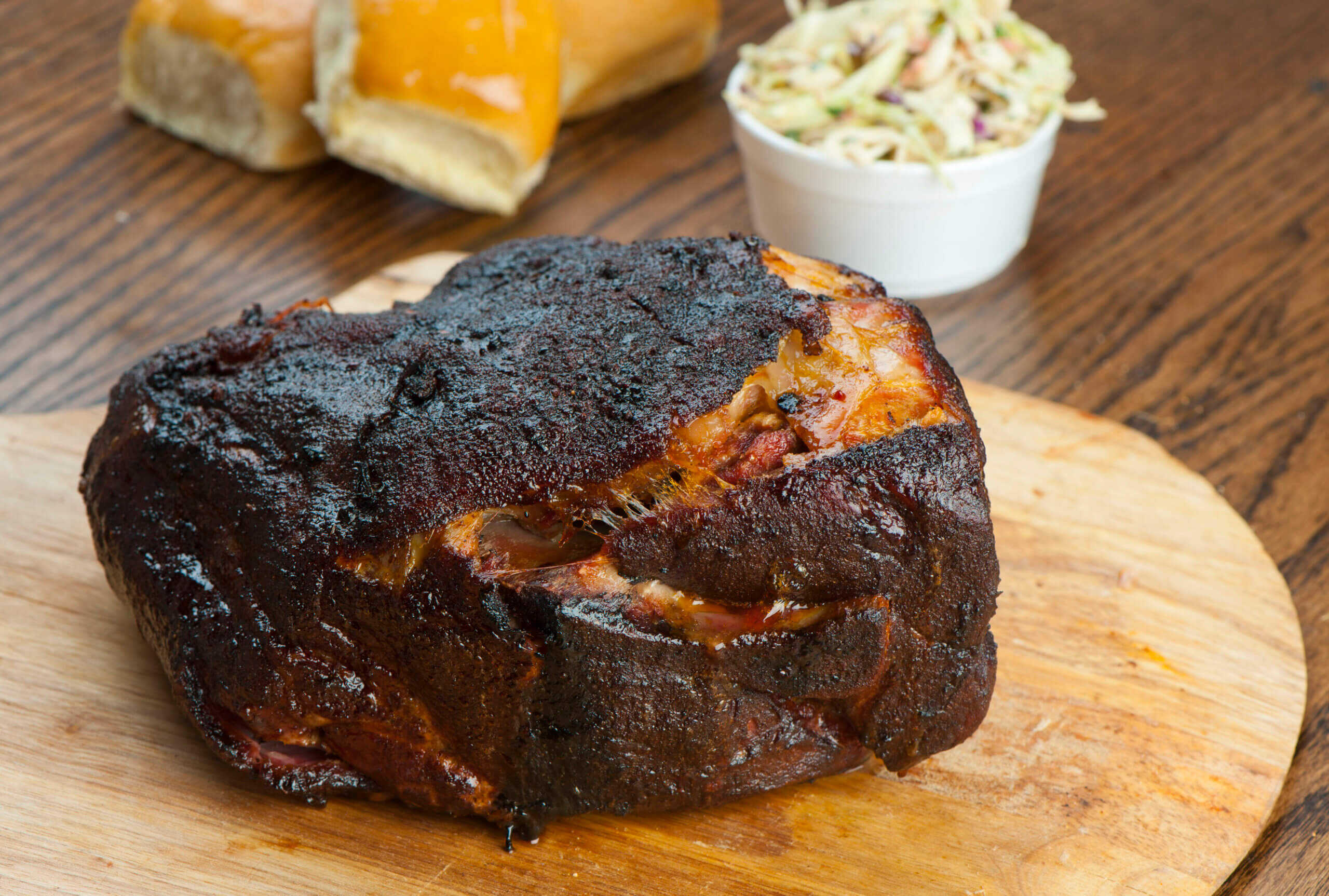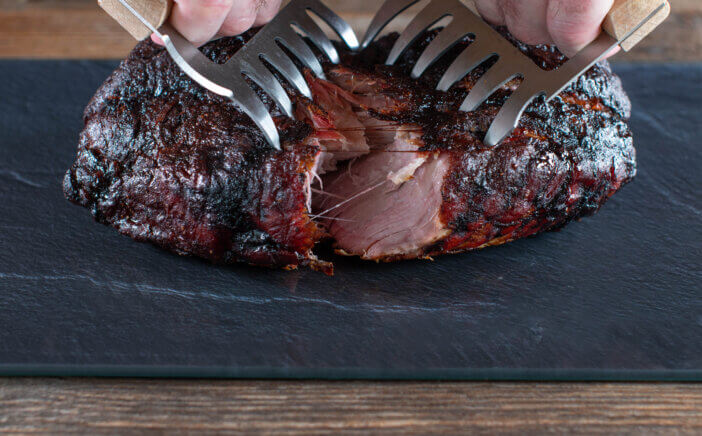10 Pulled Pork Tips to Avoid Tough Meat and Ensure Tender Results
Achieve tender pulled pork by cooking low and slow, using the right cut of pork like shoulder or butt, avoiding high heat, ensuring enough liquid, embracing fat content, letting the meat rest, seasoning properly, monitoring temperature, and practicing for perfect results.

Pulled pork is a beloved dish known for its tender, fall-apart texture and rich flavors. However, achieving that perfect consistency can sometimes be elusive, leaving many home cooks with a batch of pork that’s tougher than desired.
Disclosure: As an Amazon Associate, this site earns from qualifying purchases. Thank you!
1. Pulled Pork Pitfalls

Pulled pork is a classic comfort food that’s ideal for gatherings and easy weeknight dinners. The process of cooking pulled pork involves slow-cooking a pork shoulder or butt to the point where it can be easily shredded. However, several common mistakes can lead to a final product that’s less than ideal. These pitfalls range from undercooking to using the wrong cut of meat, each playing a critical role in the texture and taste of your dish.
Understanding these pitfalls is the first step to perfecting your pulled pork. Whether you’re a seasoned cook or a beginner, being aware of what can go wrong helps you navigate the cooking process more effectively. By recognizing the most common issues, such as insufficient cooking time or inadequate fat content, you can adjust your technique and ingredients to ensure a tender and flavorful result every time.
2. Not Enough Cooking Time

One of the most common reasons for tough pulled pork is simply not cooking it long enough. Pulled pork requires several hours of cooking time at a low temperature to break down the tough connective tissues in the meat. If rushed, these tissues won’t have a chance to become tender, leaving the pork chewy and difficult to shred.
It’s important to be patient and allow your crockpot to work its magic. A general rule of thumb is to cook on low for at least 8 hours, but some cuts may require even longer. Always check the doneness by seeing how easily the meat shreds before turning off the heat. If it’s still tough, it needs more time.
3. Incorrect Cut of Pork Used

Choosing the right cut of pork is crucial for achieving tender pulled pork. The best cuts for slow-cooking are the pork shoulder or Boston butt, which have the ideal balance of meat, fat, and connective tissue. These cuts become incredibly tender and flavorful when cooked slowly over a long period.
If you use a leaner cut, such as pork tenderloin or loin, you’re setting yourself up for a tough result. These cuts don’t have the necessary fat and connective tissue to withstand the long cooking process and will often dry out and toughen instead. Stick to the shoulder or butt for best results.
4. The Perils of High Heat
Cooking pulled pork in a crockpot is all about low and slow. High heat is the enemy of tender pulled pork because it can cause the proteins in the meat to seize up quickly, which results in a tough texture. Crockpots are designed to cook at a consistently low temperature, which gently breaks down the meat over time.
Always set your crockpot to low when making pulled pork, and resist the temptation to crank up the heat to speed up the process. The gentle, even heat ensures that the meat becomes succulent and pulls apart with ease. Remember, good things come to those who wait.
5. Skimping on Liquid Essentials

Adequate liquid is essential for cooking pulled pork. The moisture helps to create a steamy environment within the crockpot, which contributes to the breakdown of tough tissues. Moreover, the liquid melds with the meat’s natural juices to create a flavorful sauce that further tenderizes the pork.
Be sure not to skimp on the liquid when preparing your pulled pork. While you don’t want the meat swimming in liquid, there should be enough to cover the bottom of the pot and immerse the pork partially. Ingredients like broth, apple cider vinegar, or even a can of soda can add both moisture and flavor to your dish.
6. The Role of Fat Content

Fat content plays a significant role in the tenderness of pulled pork. The marbling of fat throughout the meat melts during the slow cooking process, lubricating and tenderizing the muscle fibers. This is why cuts with a good amount of fat, like pork shoulder, are ideal for pulled pork.
Lean cuts lack this crucial fat content, which means they have less internal moisture to keep them juicy during cooking. Without sufficient fat, the meat can become dry and tough. Embrace the fat in your pork cut; it’s the secret to succulent, tender pulled pork.
7. Forgoing the Resting Phase

Resting your pulled pork is a step that should never be overlooked. After cooking, the meat needs time to redistribute its juices, which get pushed to the center during the cooking process. Cutting into or shredding the meat too soon will cause these juices to run out, leaving the pork dryer and tougher.
Allow your pulled pork to rest for at least 20 minutes after cooking. This pause gives the juices time to settle back into the meat, ensuring that each bite is moist and tender. Cover the pork loosely with foil to keep it warm during this phase.
8. Common Seasoning Mistakes

While not directly related to the tenderness of the meat, proper seasoning is essential for creating a flavorful pulled pork. One common mistake is under-seasoning, which can leave the meat bland despite its tender texture. On the other hand, over-seasoning can overwhelm the natural flavors of the pork.
To avoid these seasoning pitfalls, use a balanced rub and taste your cooking liquid. It’s important to remember that you can always add more seasoning later, but you can’t take it away once it’s there. Start with a moderate amount, and adjust as needed after the pork is cooked and shredded.
9. The Importance of Temperature
The internal temperature of your pork is a reliable indicator of doneness. For pulled pork, the ideal internal temperature is between 195°F to 205°F. At this range, the collagen and fat have properly broken down to create a tender texture.
Using a meat thermometer to check the temperature ensures that you’re not under or overcooking your pork. If the temperature hasn’t reached the minimum threshold, keep cooking. If it’s well beyond this range, you may have overcooked the meat, which can also lead to toughness.
10. Tips for Perfect Pulled Pork
Achieving perfect pulled pork is all about attention to detail and patience. Use the right cut, cook on low heat, ensure enough liquid, and choose a cut with sufficient fat. Season the meat well, and don’t forget to let it rest before shredding.
Additionally, monitor the internal temperature for doneness and adjust your cooking time as needed. With these tips in mind, you’re on your way to creating a mouthwatering dish that’s tender, juicy, and packed with flavor. Remember, practice makes perfect, and each batch of pulled pork is an opportunity to refine your technique.
By understanding and avoiding the common pitfalls of pulled pork preparation, you can transform a tough cut of meat into a tender, flavorful masterpiece. With patience, the right ingredients, and a little know-how, your crockpot pulled pork will become the highlight of your culinary repertoire.





